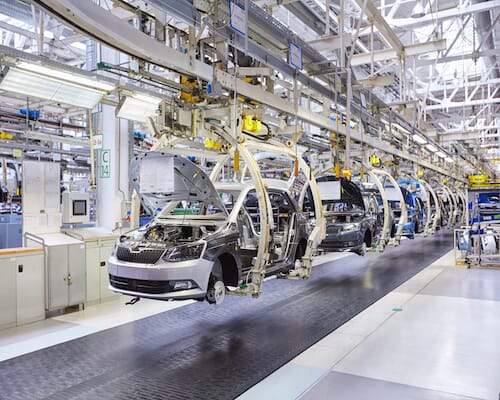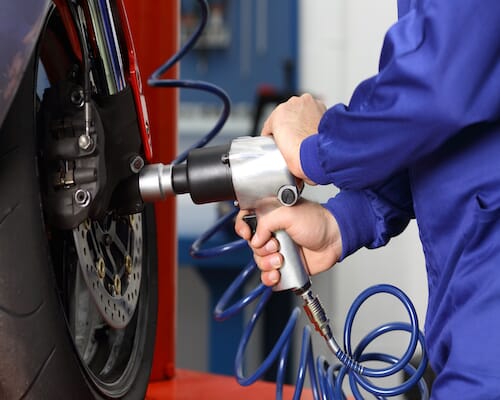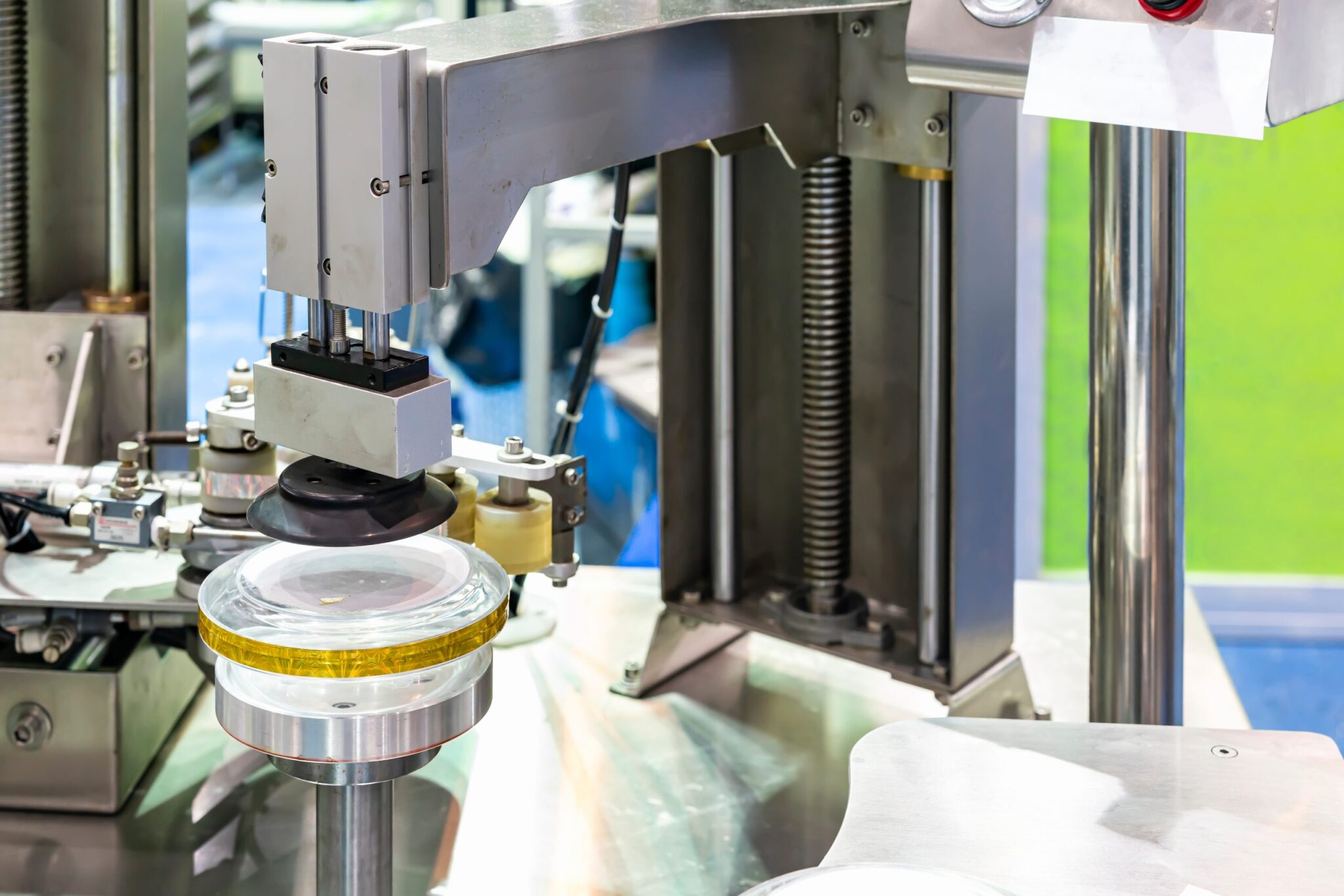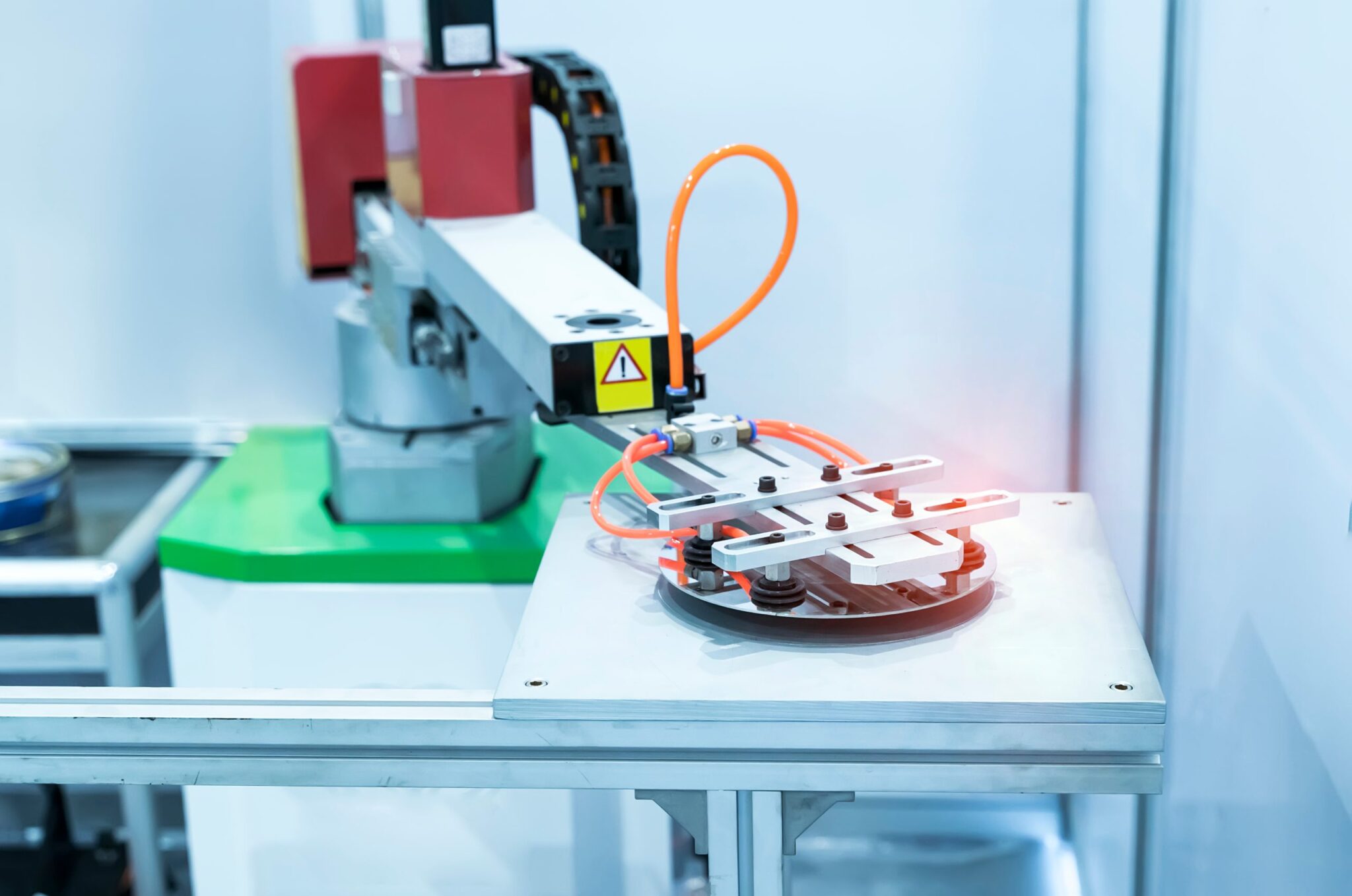
Ultimate Air Compressor Buying Guide for Automotive Facilities
November 30, 2022
Answers to Six Common Questions About Compressed Air
December 21, 2022Innovation in the Air Compressor Industry
Kaishan USA | December 7, 2022 | Uncategorized
Some may think it’s odd to be talking about innovative uses of air compressor systems, a technology that has been in use for more than two centuries. But not us.
In fact, there are many new applications that take advantage of the unique benefits air compression systems offer. Torque wrenches, grinders, painting, sandblasting, to name just a few. Plus, pneumatics technology is in a class by itself in applications like healthcare/medical equipment, semiconductor, electronics, and food and beverage, where cleanliness is paramount.
The real story, though, is in the new innovations that are revolutionizing air compression systems. Things like controls and remote monitoring through state-of-the-art systems like the Industrial Internet of Things (IIoT) have improved the cost-effectiveness, performance and reliability of compressed air systems.
Here’s a brief synopsis of each, with insight into how you and your company can benefit from deploying these innovations.
Controls
Many new types of control systems are now being deployed for air compressor systems, including the following
-
-
Variable speed drives (VSDs) are being pushed by utilities in several states that offer rebates to companies installing VSDs or variable frequency drives. Many times we do not recommend VSDs because there is too much heat in the control rooms where the air compressors are usually located
-
Network control links air compressors together. One compressor is designated as the lead device, issuing instructions to the others in the system. Network control coordinates all of the compressors, scaling them up and down to keep a consistently low pressure throughout the system. Usually, the compressors have to all be from the same manufacturer.
-
System master controls allow you to network several air compressors (even from different manufacturers), operating your compressed air supply in a relatively tight band of plus or minus 2 PSIG.
-
Pressure-flow control. Rather than focusing solely on the supply side of your compressed air system as the other control schemas do, pressure-flow control connects the supply side of the system with the demand side, monitoring the pressure at the control valve to keep the system stable. When the pressure dips, the pressure-flow control system releases air from the air receiver tanks, maintaining the energy balance at an optimum level. It acts as a buffer, maintaining air pressure throughout a plant at the lowest optimum level, reducing discharge pressure on their air compressors and cutting energy usage and cost.
-

Suction and pick-and-place operations are common applications of pneumatics and compressed air systems in the electronics industry.
Combining pressure-flow control and system master control allows you to optimize your entire system. In one example, the combination of the two control approaches saved 20%.
Beyond control, however, remote monitoring enables you to gain great insight into how your system is operating.
Remote Monitoring
In a development related to the Industrial Internet of Things (IIoT), it’s now possible to monitor your air compressor system remotely.
While you could run the connection through your company’s enterprise-wide IT system, most users choose not to, for a variety of reasons, including network security. Instead, they simply establish a cellular connection to a remote hub where the monitoring can occur.
At this most basic level, you can get basic alerts, notifying you that your unit is due for service. Or that there is a major problem. And you can set the parameters within any range you choose.
Air Watch
More advanced monitoring is available through more advanced systems like our Air Watch, which allows you to view a control screen of your air compressor to see what it is doing in real-time. You can also grant access to a consultant, distributor or someone from our technical services organization for expert assistance.
The goal is not to make control changes remotely, but to have 24x7x365 visibility into your air compressor system, monitoring all key parameters to give you almost a “continuous audit” of the performance and health of your system. It gives you the opportunity, not only to fix problems, but also to anticipate them and take corrective action before they shut down your air compressor.

Robotic operations in the semiconductor industry depend on the compressed air systems to provide clean, dry air.
The end result? Lower operating costs, less downtime and greater peace of mind. A future-ready solution that also positions you to do troubleshooting, proactive maintenance and performance enhancements.
For distributors, it offers the opportunity to do proactive servicing with their customers, alerting them to issues before they turn into problems.
The Kaishan premium series of rotary screw air compressors are fully compatible with almost any remote monitoring system. They connect through Modbus, allowing them to work with almost any communications protocol.
In our experience, most companies have air compressors from more than one manufacturer, so that kind of flexibility is almost required. And while it may not be possible to monitor several of these compressors with a single cellular line, it is possible to have multiple units connecting to a single hub, allowing you to access all of these connected compressors from that hub.
These new capabilities reflect an important reality: while an audit and the associated corrective action can save a company tens of thousands of dollars in energy costs (not to mention improved performance), that is not a fix-it-and-forget-it solution. Results quite naturally deteriorate over time as problems crop up. Remote monitoring is a way to stay on top of your system and keep it at maximum performance indefinitely.
A Continuing Evolution
Even though it’s a technology that’s centuries old, compressed air continues to evolve with the times. Incorporating control and monitoring technologies that enhance reliability and enable compressed air systems to provide a clean, efficient and safe power source for commercial and industrial use.
You’ll want to make sure you’re taking advantage of all the new opportunities these innovations offer to cut costs, improve safety and build even greater reliability into your systems.
Key Takeaways
-
- While air compressor systems are a mature technology, there are developments that continue to push it to the cutting edge.
- It remains the best way to meet many unique challenges, including applications like healthcare/medical equipment, semiconductor, electronics, and food and beverage, where cleanliness is paramount.
- New controls work with the Kaishan premium series of rotary screw air compressors to help you manage the pressurized air throughout your plant in the most efficient way possible.
- Remote monitoring allows you to do almost a continuous audit of your air compressor, improving the performance and reliability of your system.
Let Us Help
Explore what the new technologies have to offer you and your company. If you are looking for ways to improve the reliability, performance and cost-effectiveness of your compressed air system, we can suggest tools and technologies that will give you greater insight into its operation. Get in touch with the experts at Kaishan. Contact us today.
Random stat or
customer quote
textXXtext
text
Some may think it’s odd to be talking about innovative uses of air compressor systems, a technology that has been in use

